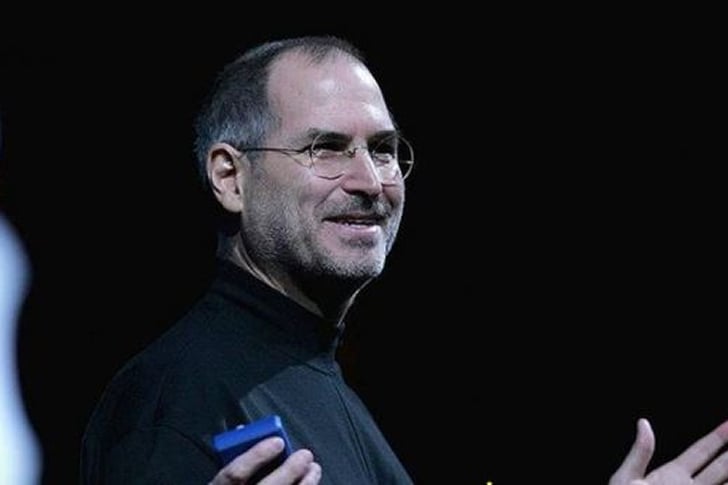Before the first cities were even built, people already had the drive to invent and create things that can make day-to-day routines easier and less of a hassle to do. To this day, many companies still spend a significant amount of investment money developing products for exactly that purpose. One such item that has since become a vital part of our daily routine would undoubtedly be computers such as desktops, laptops, and smartphones. Thanks to the breakthroughs and innovations made in technology, these computers can now do just about anything, like creating documents, communicating with others, and even browsing the internet. With that said, one such brand worth noting in this field would undoubtedly be Apple, created by the late Steve Jobs. Although the company is now under a different CEO, Jobs’ principles remain just as apparent as when it was still under his tenure. Now the question is: what are they?
THE LOOKS AND AESTHETIC ARE JUST AS IMPORTANT AS FUNCTIONALITY

At this point, Apple has been known to release products that are slim and sleek in design, somehow making them radiate a degree of class and style. Throughout his tenure in the company, Jobs made it a point that their products should look and feel as simple as possible. That way, any interested buyers wouldn’t be overwhelmed or intimidated by it. With that said, it isn’t only the exterior aesthetic Jobs emphasized; he also meant for the computer’s interior design to be just as neat. Yes, even the parts we don’t usually see every day. He learned this principle of consistency from his father. In terms of carpentry, his father said that even the corners of the house people don’t often look at should still be made with the finest wood, so the quality remains the same in every nook and cranny. After all, who would want something that isn’t consistently made all the way, right?
PRODUCTS SHOULD BE INTUITIVE AND EASY TO USE

When it comes to creating the best product possible, it’s often a given to cater to the customer’s needs. Well, that’s exactly what Jobs did. Along with its sleek design and minimalist aesthetic, Jobs also emphasized how important it is for the products to be intuitive and easy to use. After all, what’s the point of creating something that’s impressive in every way if it’s challenging to navigate and hard to understand? With that said, it comes as no surprise that Apple has phases in between the design process just for user testing. Through this method of involving potential consumers, users can provide feedback for the company, which in turn helps the designers develop a better and more efficient end product. It may take some time before all the project’s rough edges are smoothed out, but one thing’s for sure, it will undoubtedly be an investment Apple won’t regret. As long as their work satisfies the customer’s needs, the company, too, will be satisfied.
WORK TOWARDS A LONG-TERM GOAL

In business, a company must have an established long-term plan to strive towards, and Steve Jobs was no exception to this. Besides the previously-mentioned ideals, the Apple founder also made it a point that his colleagues understood and followed his principles and vision for the company. In fact, when a new director or manager joins the roster, they are reportedly required first to take a preparation program where they are oriented about the way things work in the company. Well, to Apple’s credit, it’s safe to say this approach undoubtedly paid off. Another example worth noting is when Jobs groomed Tim Cook to be his successor, almost a decade before his untimely passing. With his keen eye for detail and drive for perfection, it’s no surprise that Jobs was incredibly passionate about his work and that enthusiasm was undoubtedly spread throughout the company. Thanks to the principles he instilled in the company through the years, Apple continues to be successful to this day, and that will surely not change in the coming years.
Source: tachnik.com
